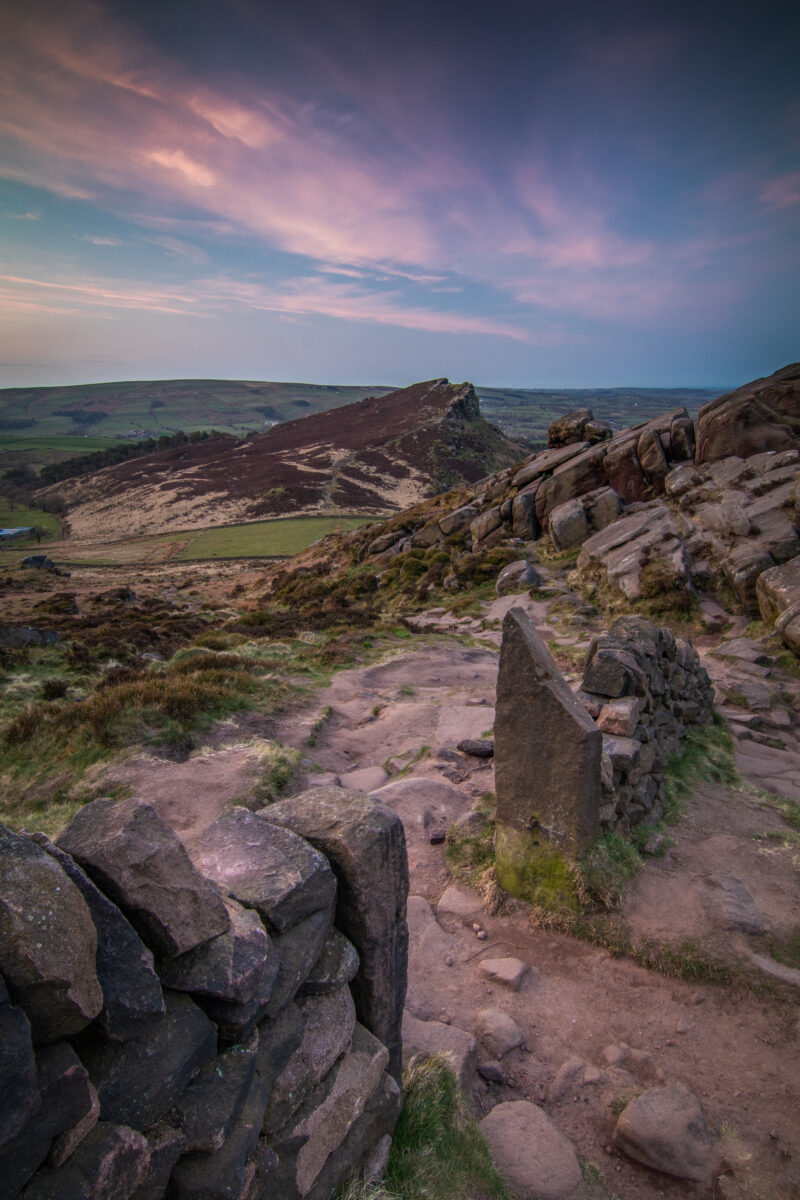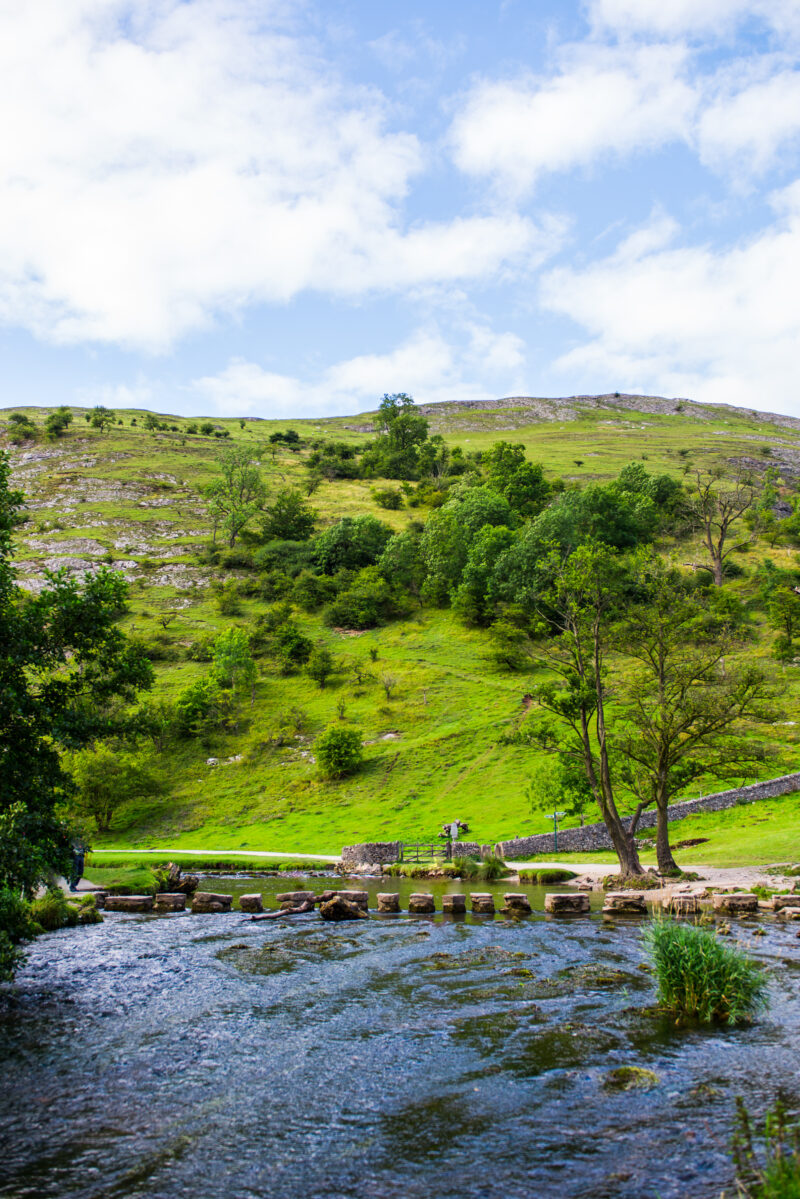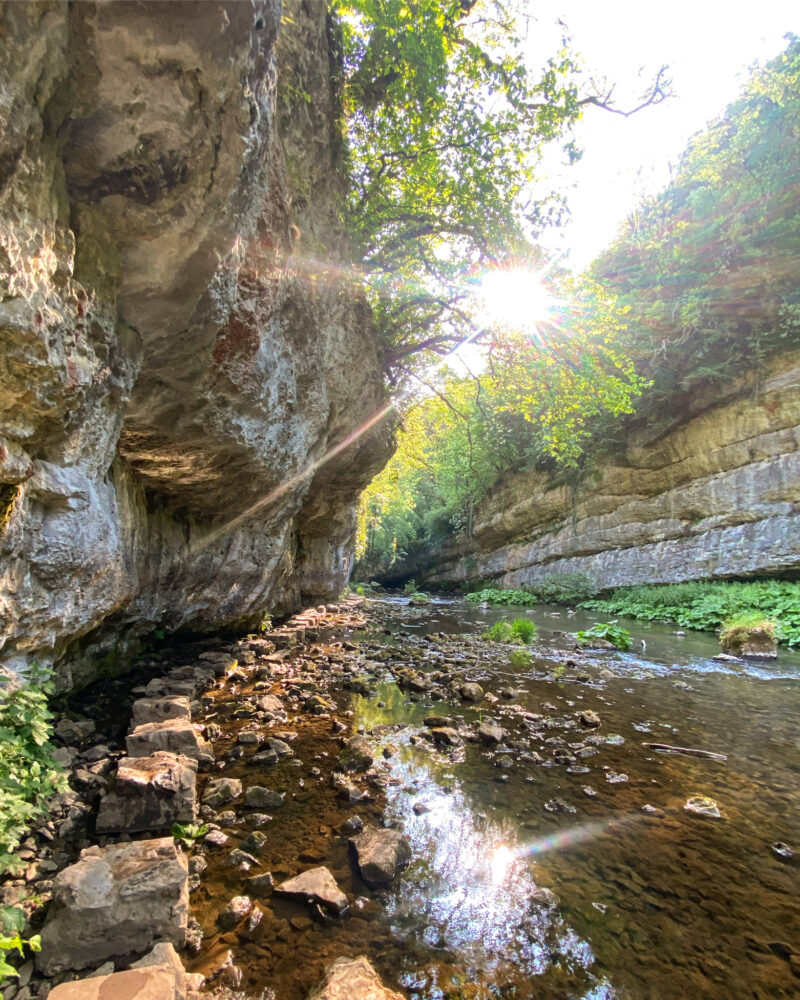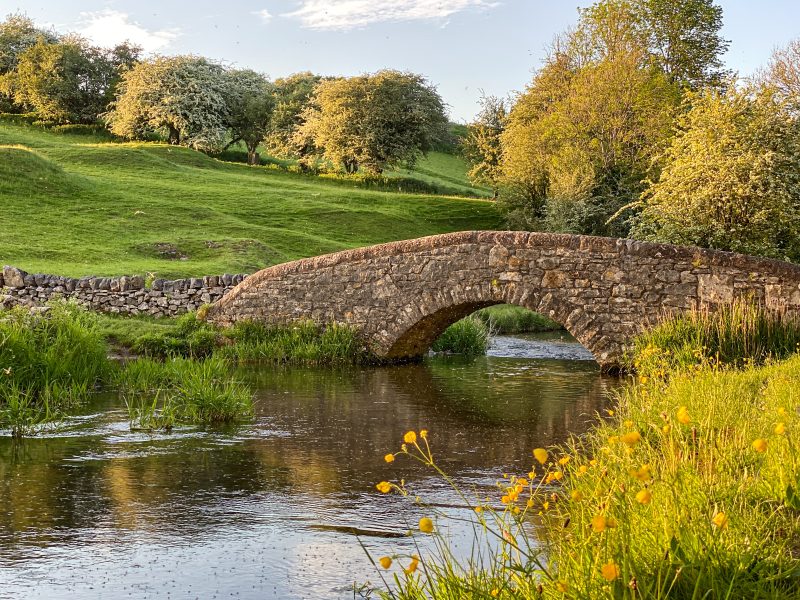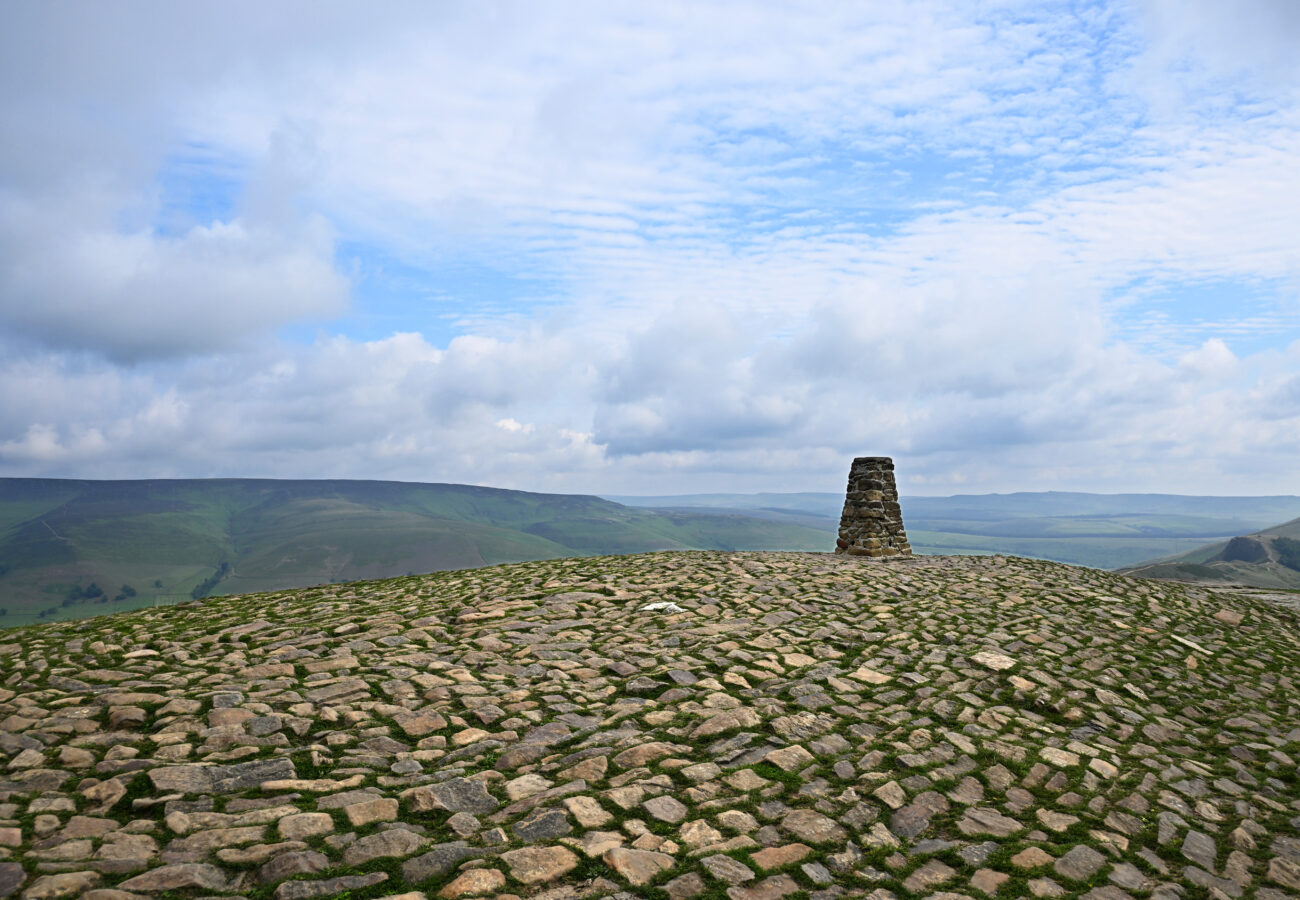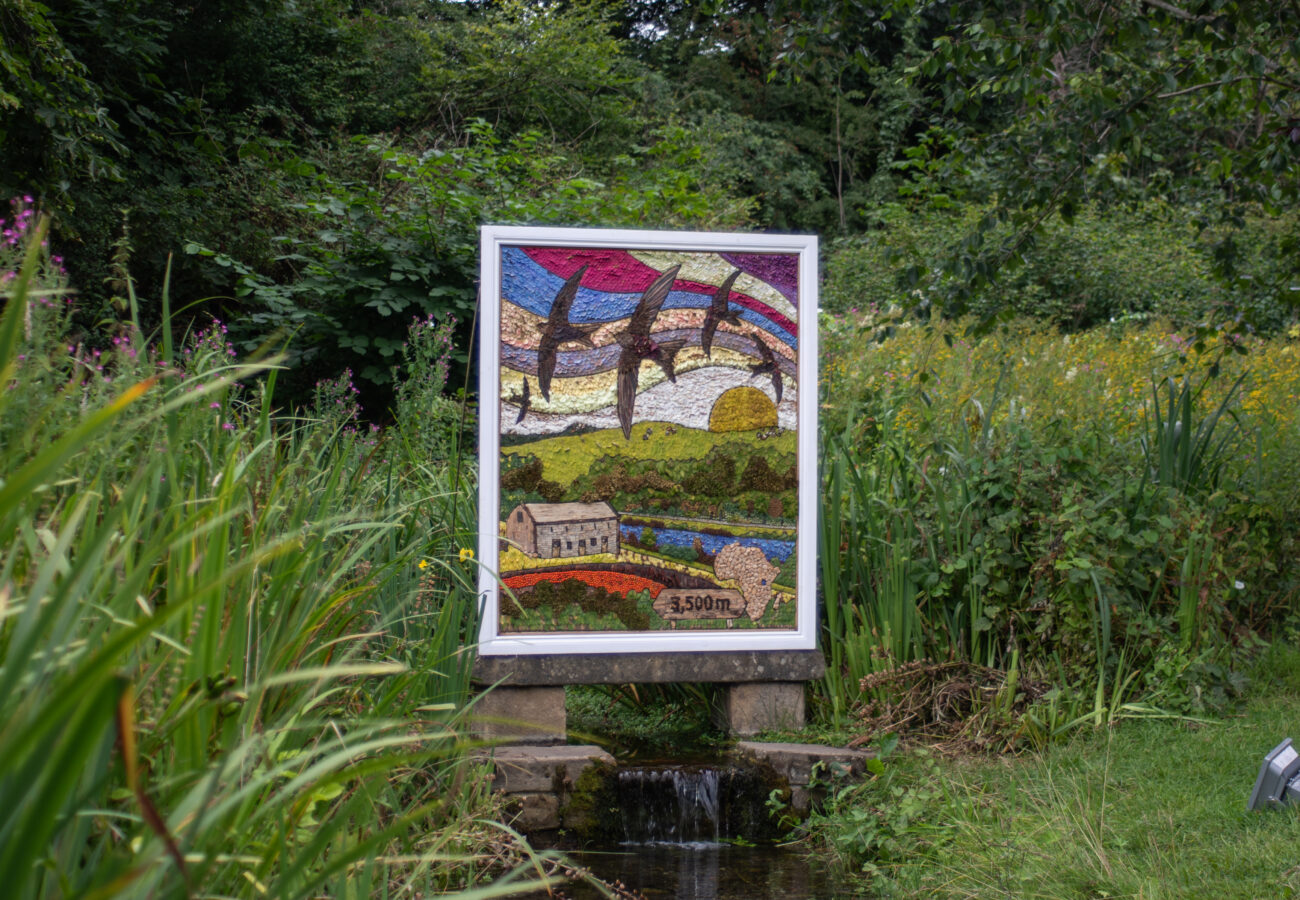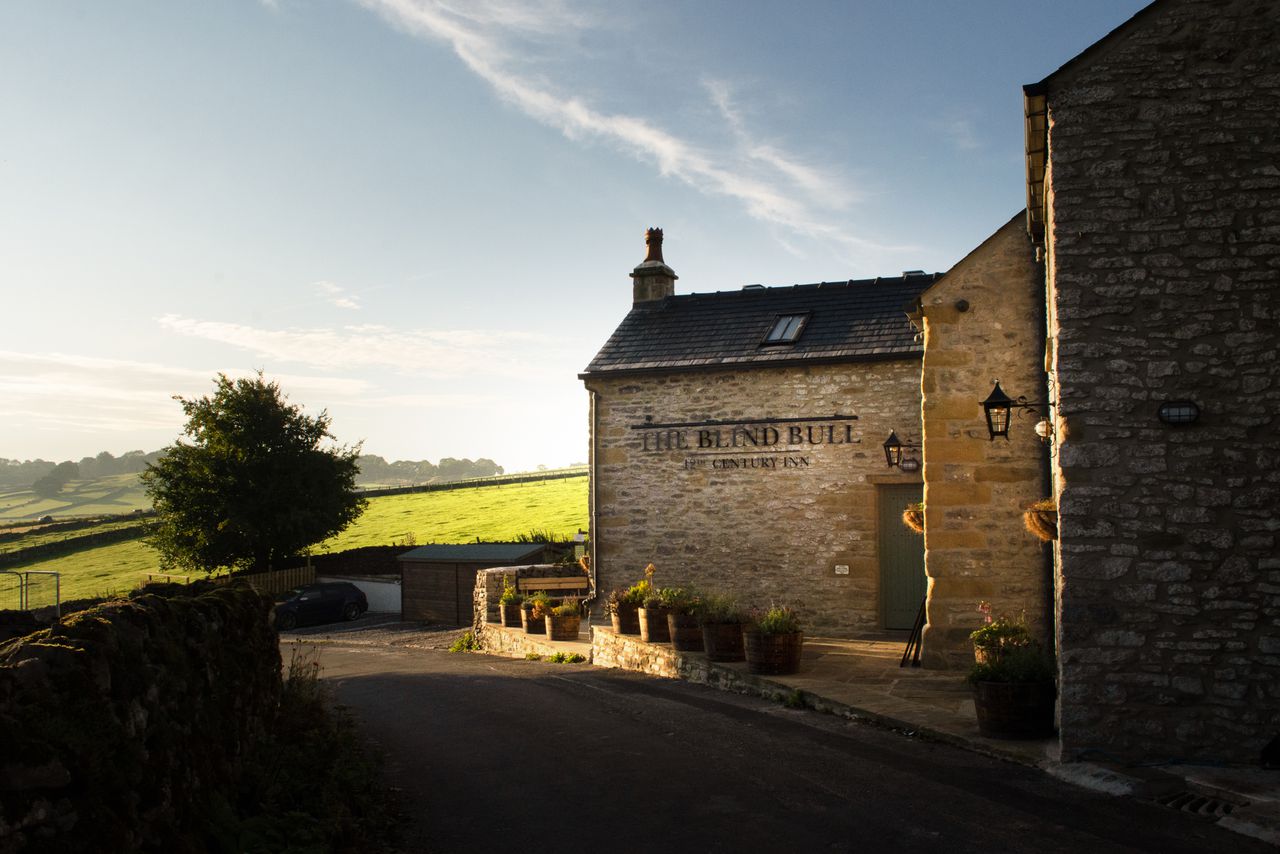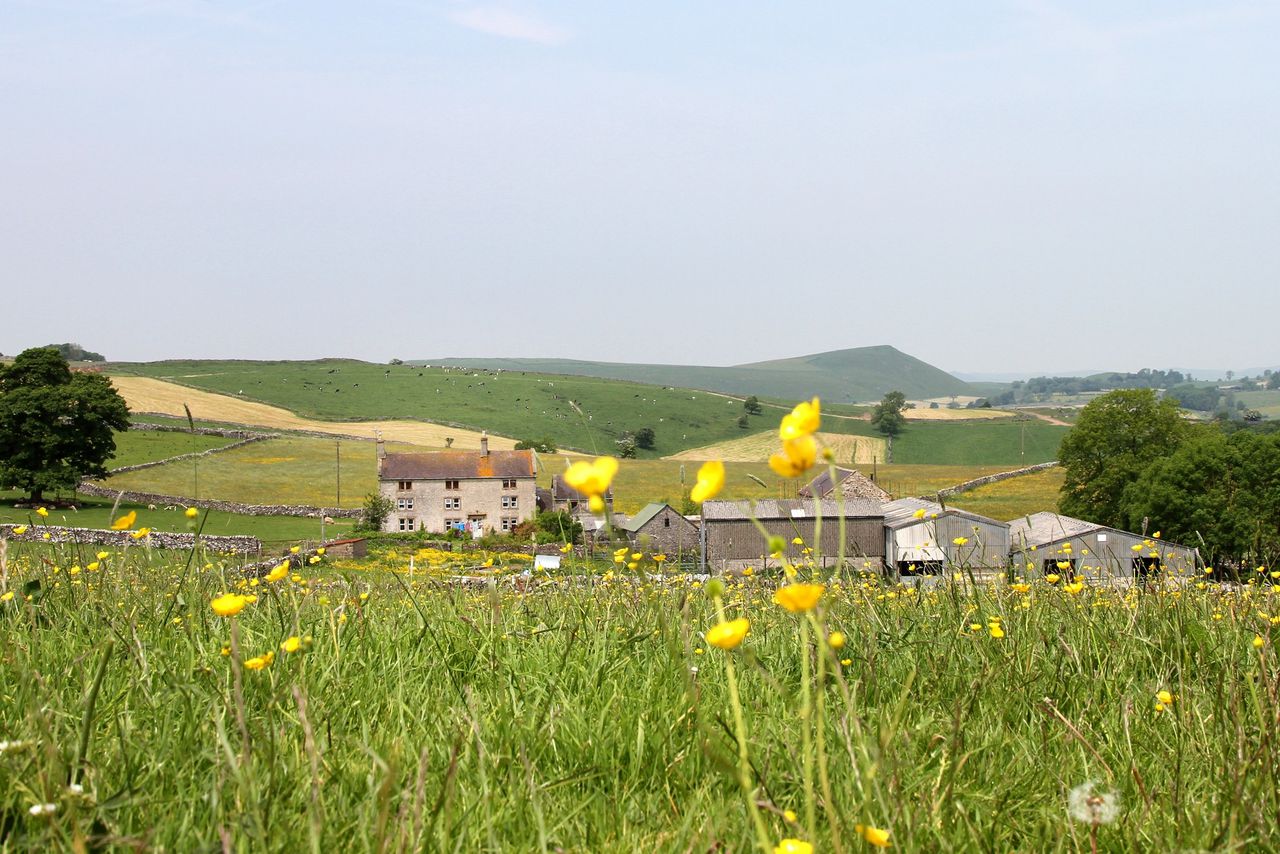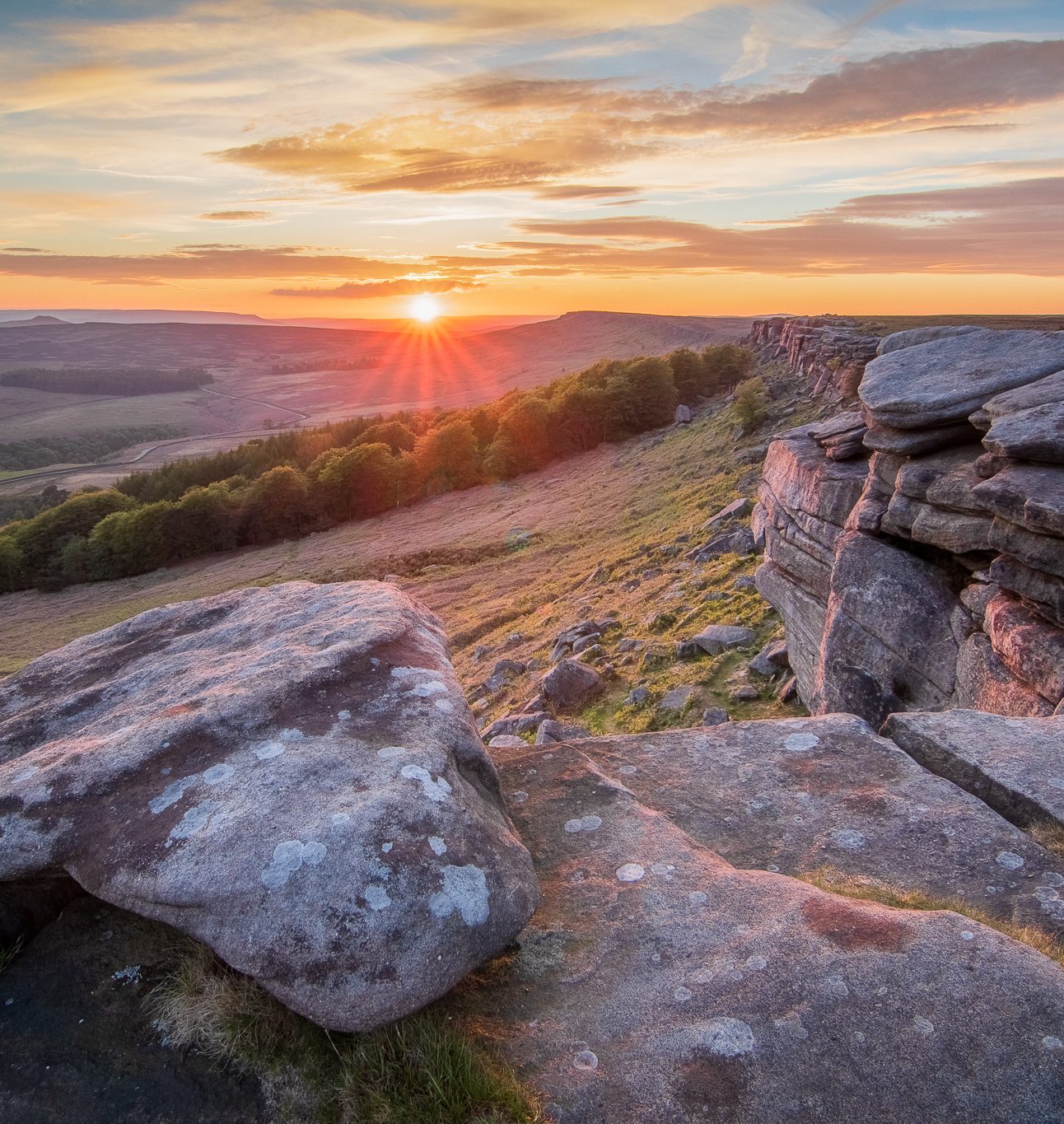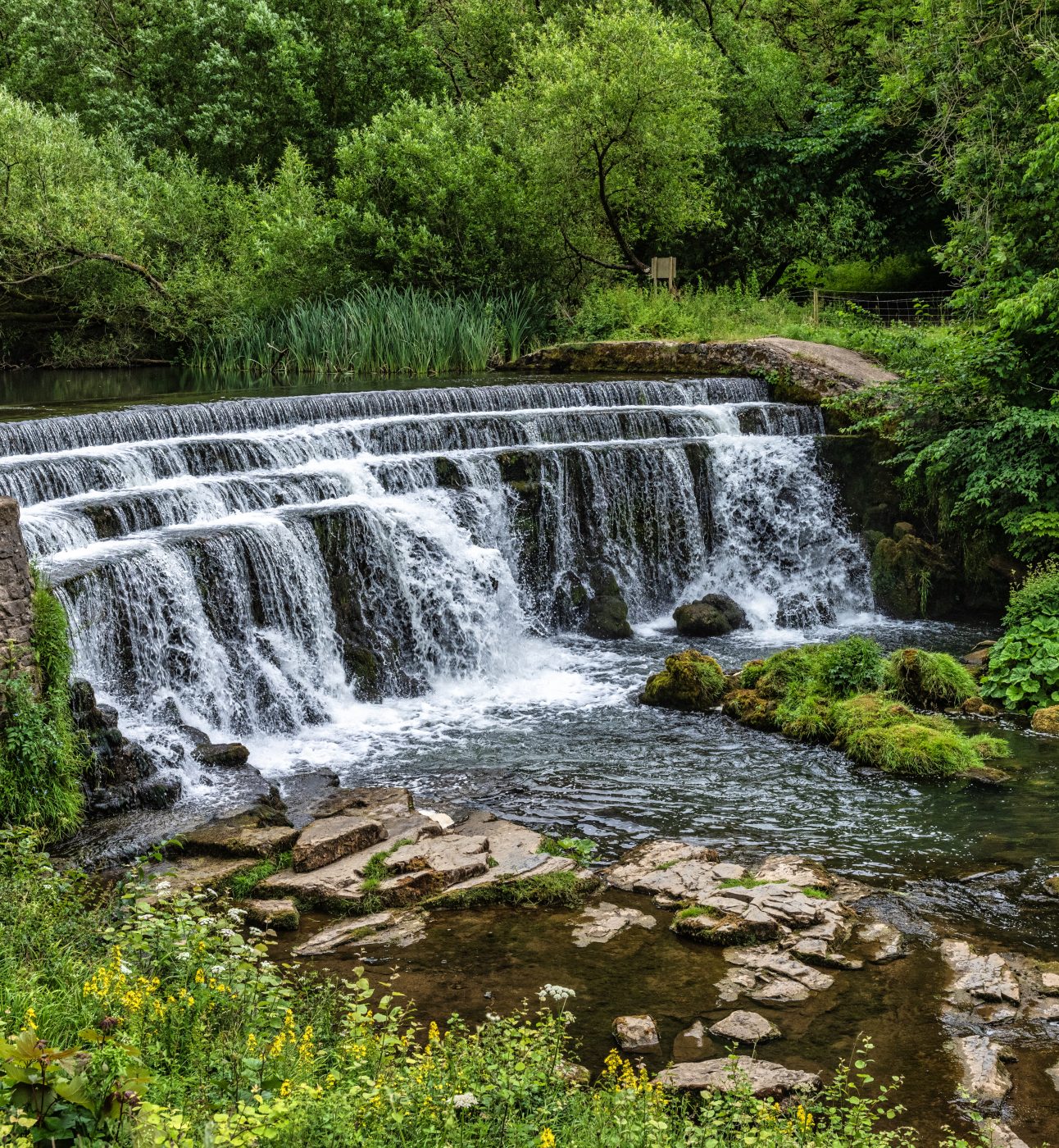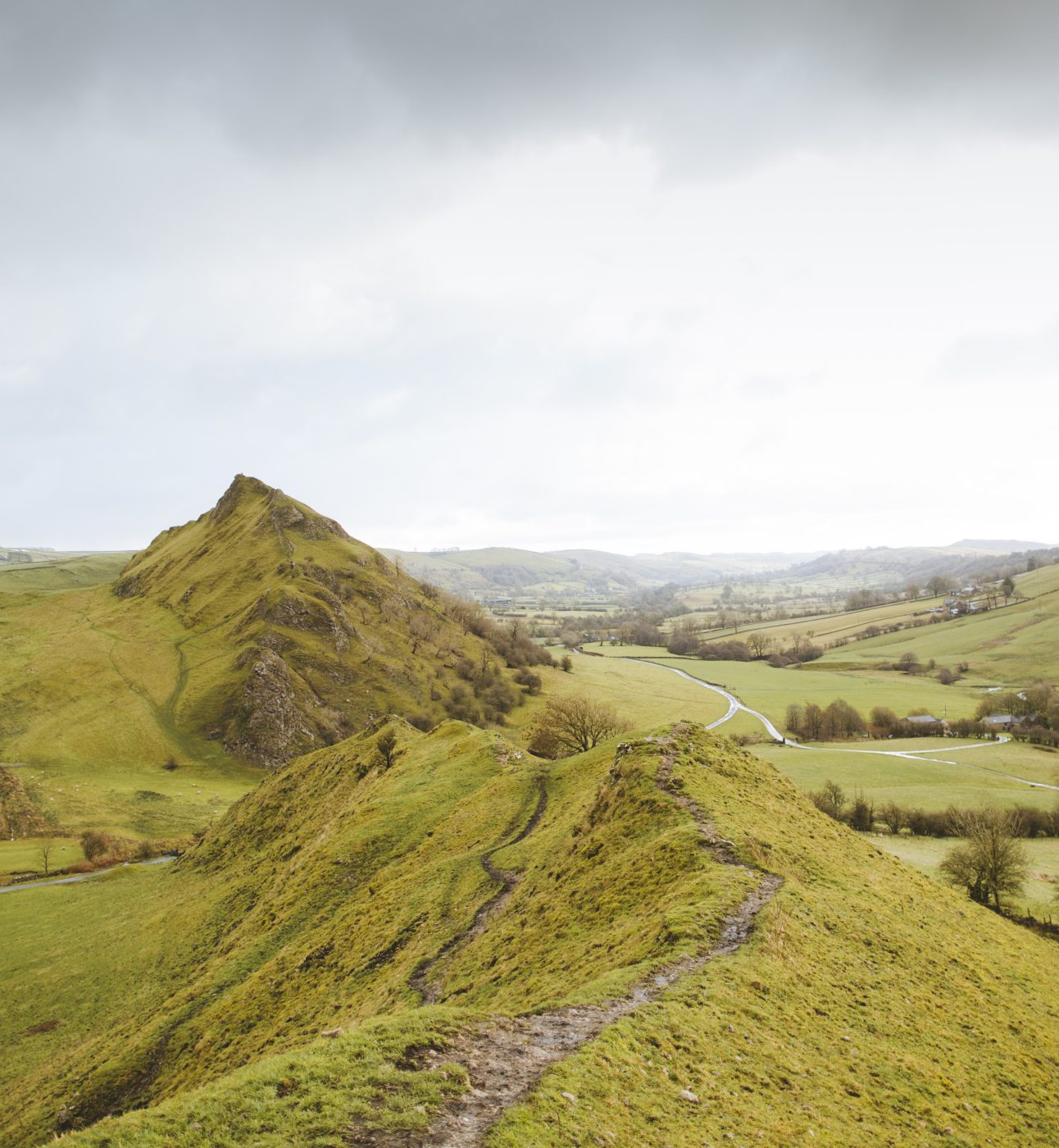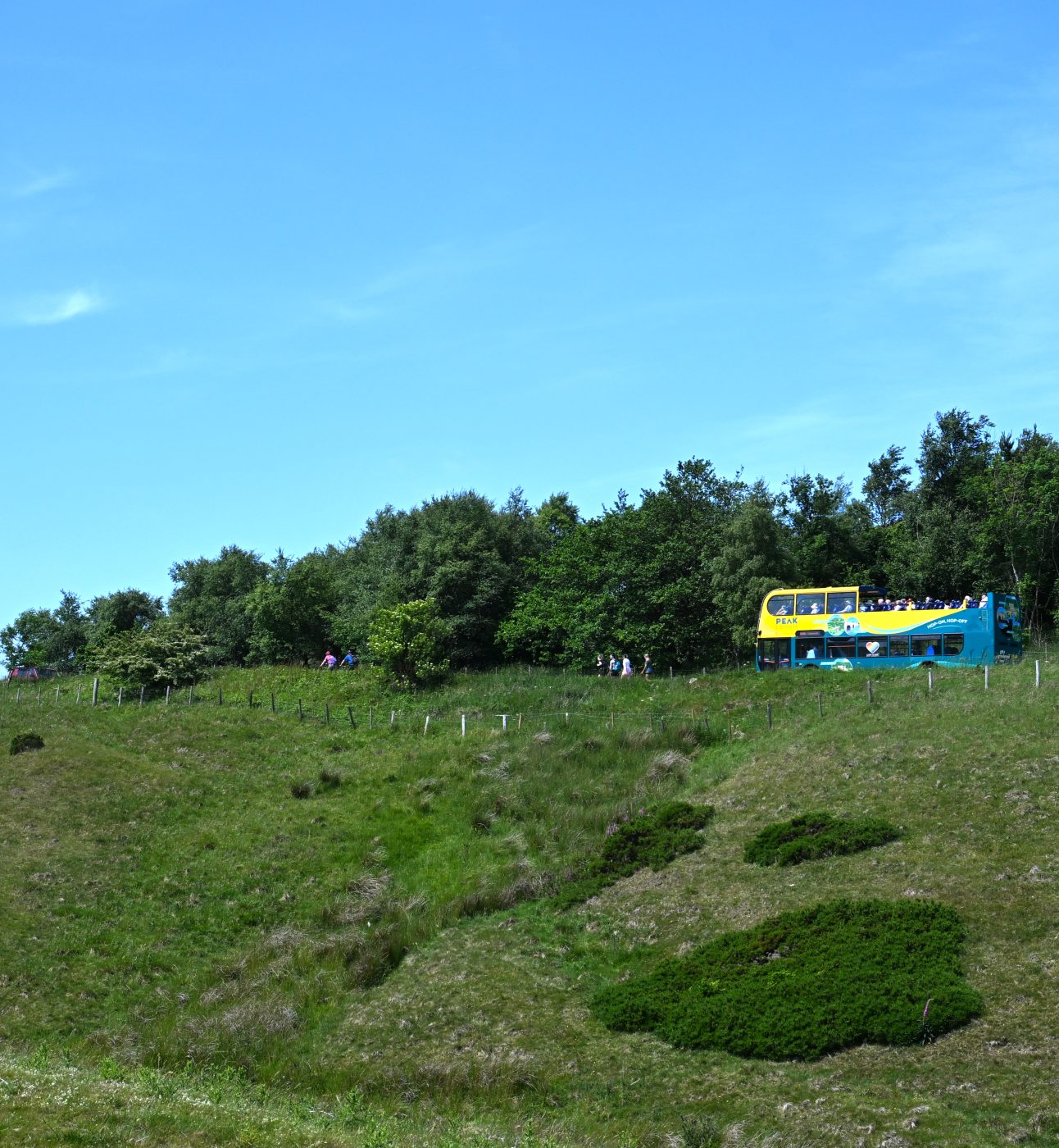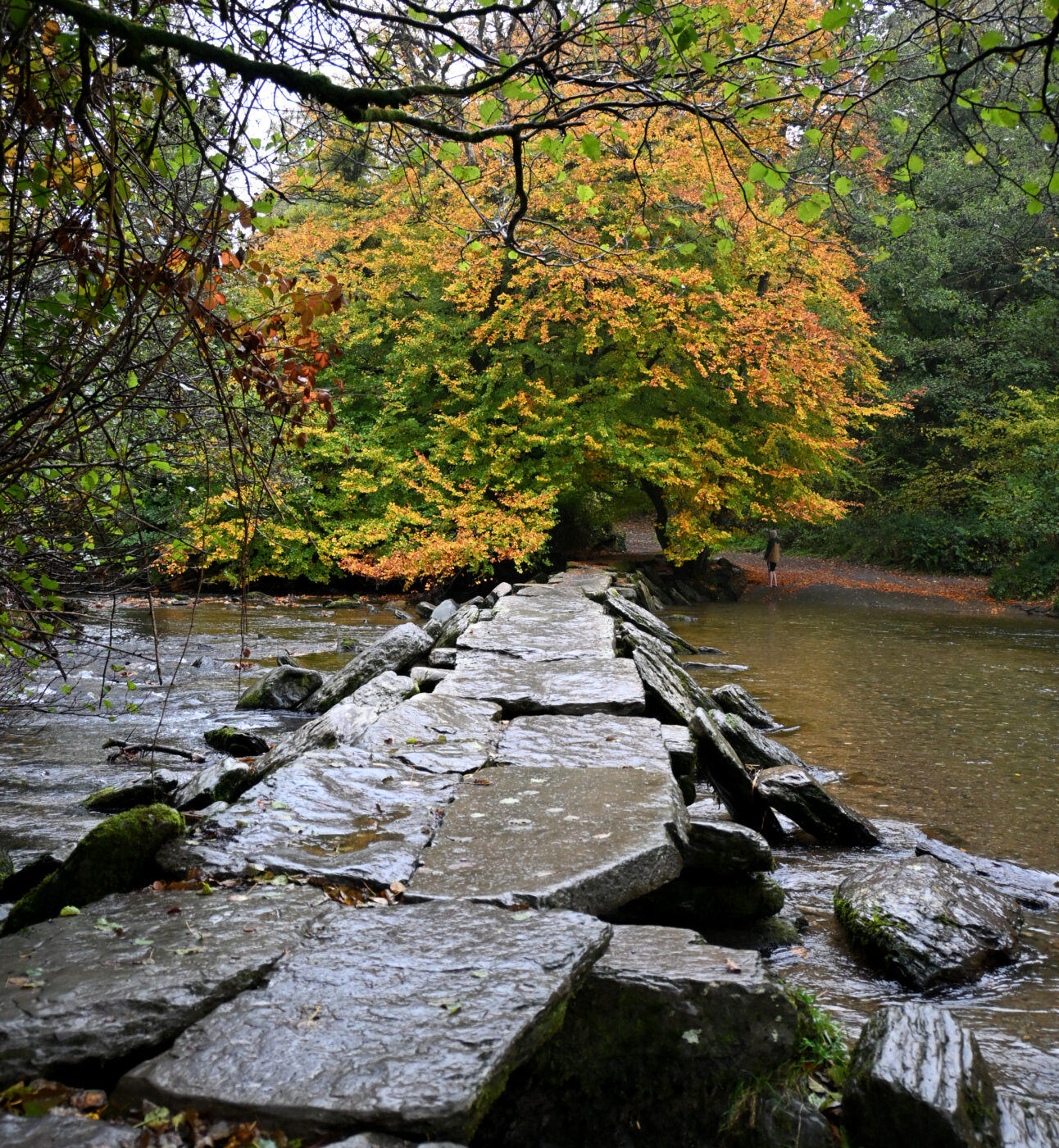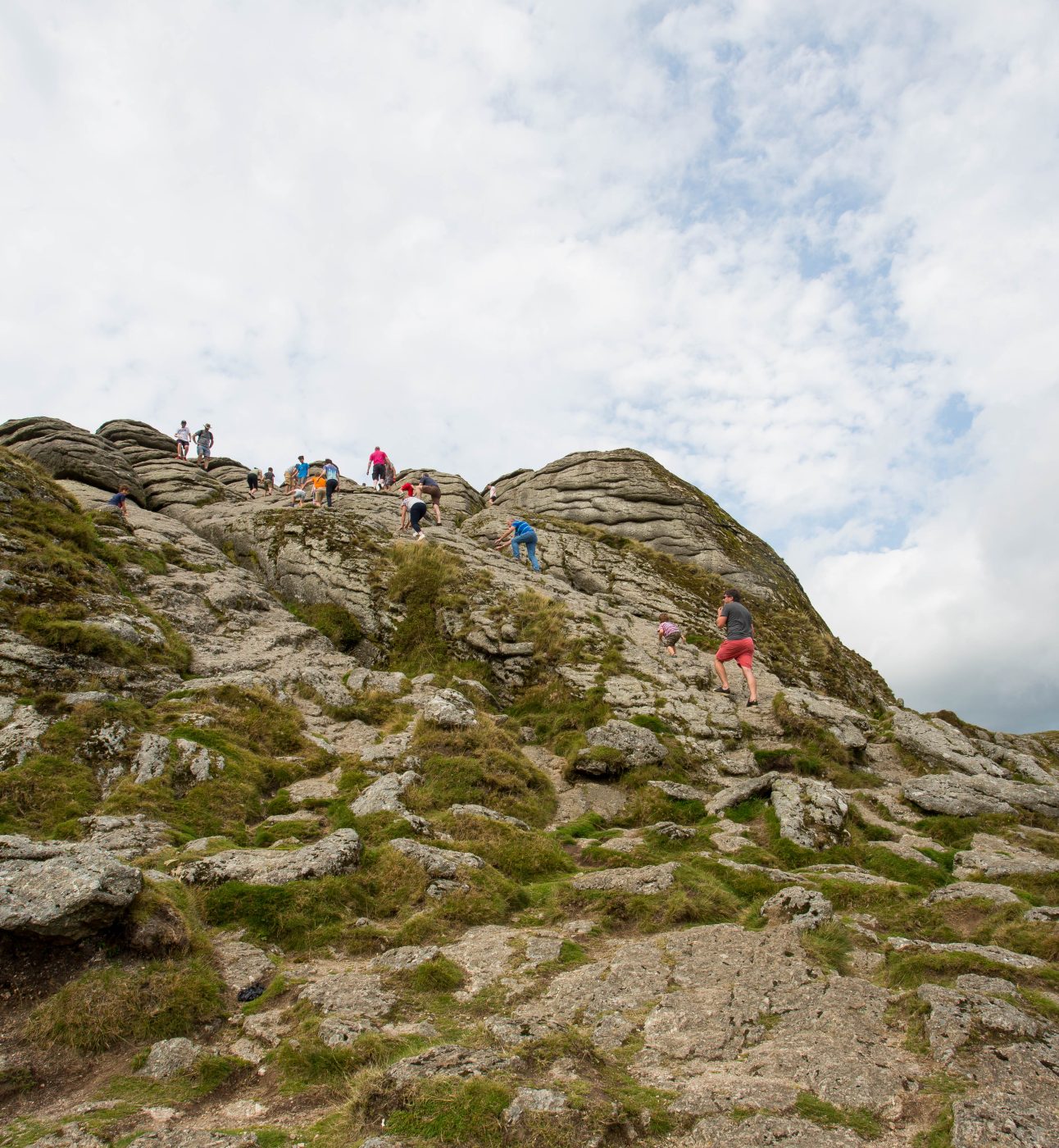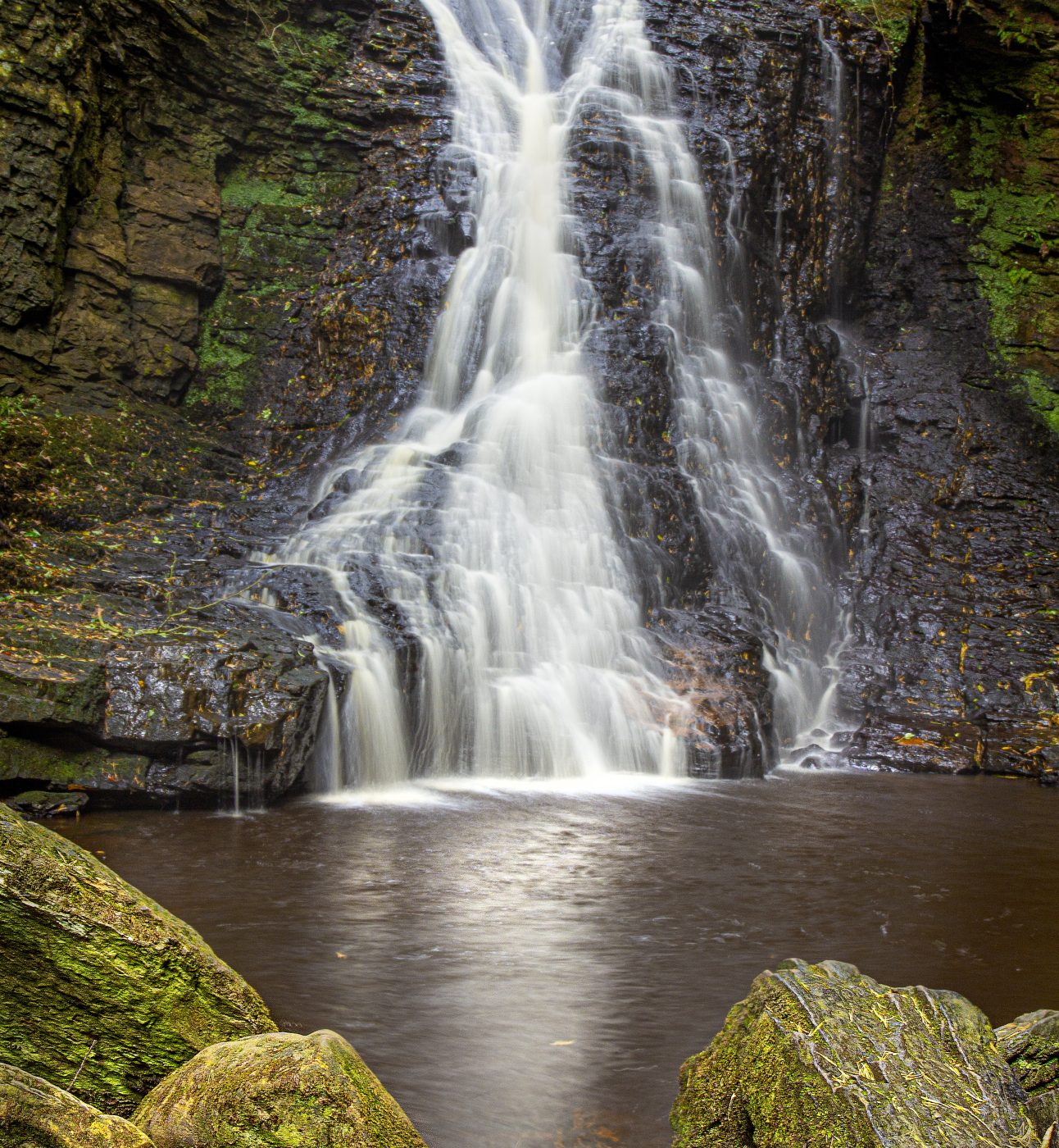A quick history lesson
Contrary to popular belief, The Kinder Scout Mass Trespass of 1932 was not the inspiration for National Parks. The idea that the countryside should be for everyone goes back much further than that, arguably beginning with writers like Wordsworth, who considered The Lake District “a sort of national property, in which every man has a right and interest who has an eye to perceive and a heart to enjoy”. Rather than being the result of one spontaneous action, the campaign to establish them was far more considered and long fought.
Public pressure for the dedication of national landscapes began to grow in the early 1900s and in the 30s three organisations – The Countryside Charity, the Ramblers and the Youth Hostel Association – came together to form the Standing Committee for National Parks, with the activist and campaigner Ethel Haythornthwaite a major driving force.
They lobbied tirelessly for the creation of the park, mobilising huge numbers of volunteers to undertake surveys of the proposed boundaries. Despite the looming threat of war in Europe as the decade drew to a close, Ethel refused to let the idea be sidelined and, in 1949, the National Parks Act was passed. The next two years saw more boundary wrangling, more fightback and then finally the designation of the UK’s first National Park, on 17 April 1951.
Ethel would go on to have her name enshrined on the peaks themselves and as for the Standing Committee for National Parks? It had a slight name change and became… us! We are enormously proud to continue the work that Ethel and her tireless group began, protecting the National Parks so that everyone can enjoy them for generations to come.

Kinder Scout Mass Trespass © Working Class Movement Library
Hang on! What was Kinder Scout then?
The Kinder Scout Mass Trespass was organised when the British Workers’ Sports Federation (BWSF), which organised walks and cycling trips for young workers from Manchester and surrounding mill towns, was turned back by the gamekeepers of private estates on a walk in 1932. Some of those who took part were arrested and imprisoned, which caused massive public outcry. The event was crucial to the formation of the Right to Roam campaign and the Rights of Way Act.


